Uptick Insight Series | 10 Ways Web3 Composability is Rebuilding the
Internet
Published on Jul 17, 2025
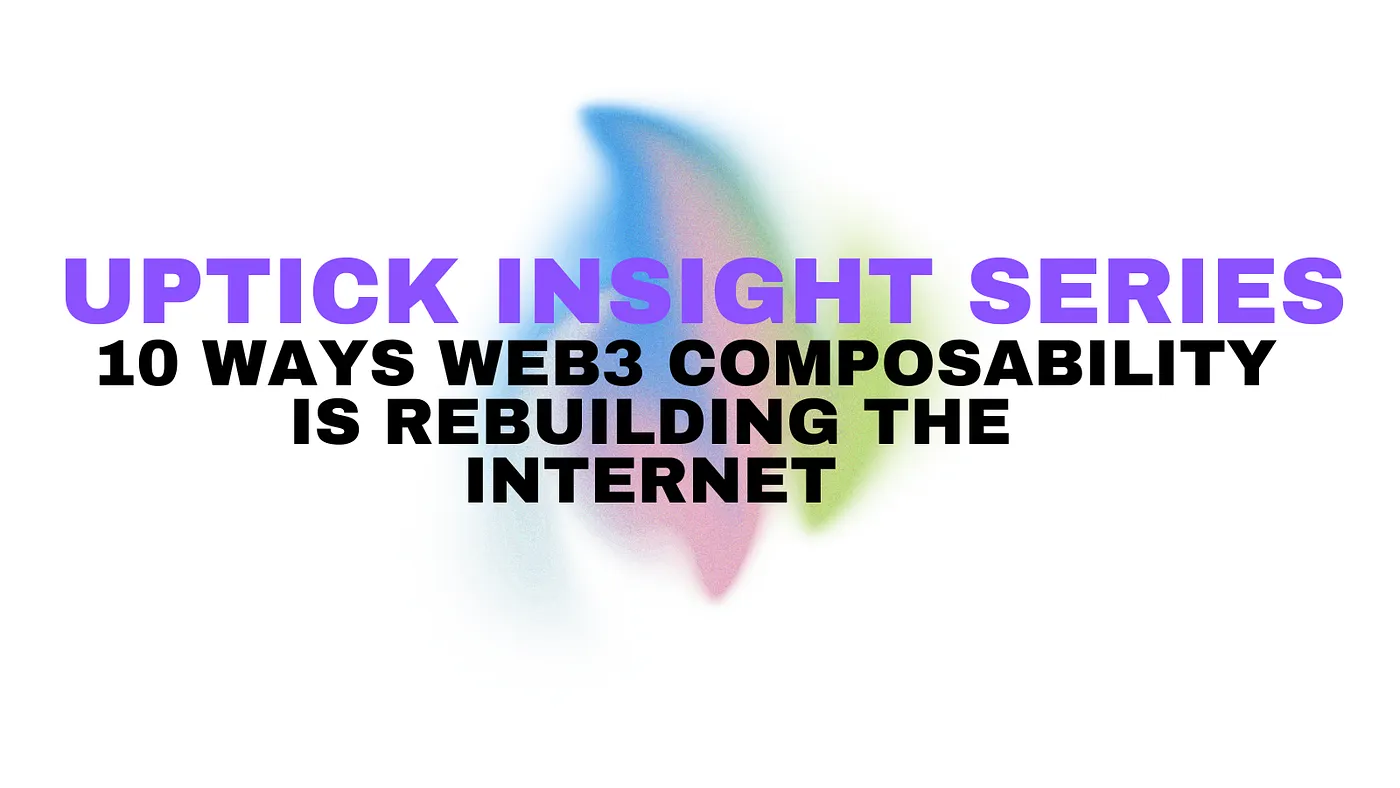
The internet was not originally built to move data between platforms,
and every app, every service, proceeded to build its own wall.
Everything from your shopping data, social identity, fan memberships
all stayed locked where you created them, and moving anything
basically meant starting over somewhere else.
Composable systems tear these walls down, because they let assets,
identities, and logic travel across ecosystems so that these systems
can work together with assets that connect, with marketplaces that can
talk to each other, and with platforms that no longer control the
value you create.
These systems are foundational shifts that let people move their
digital lives in a sovereign way, with assets and identities that
actually work across different platforms, so instead of being locked
into isolated apps, users can now carry value, permissions, and
reputation wherever they go.
Composability transforms the internet into a connected, user-owned
space where data and assets flow more naturally, and in this article,
we explore 10 ways composability is reshaping the internet, and how
Uptick is building for this shift.
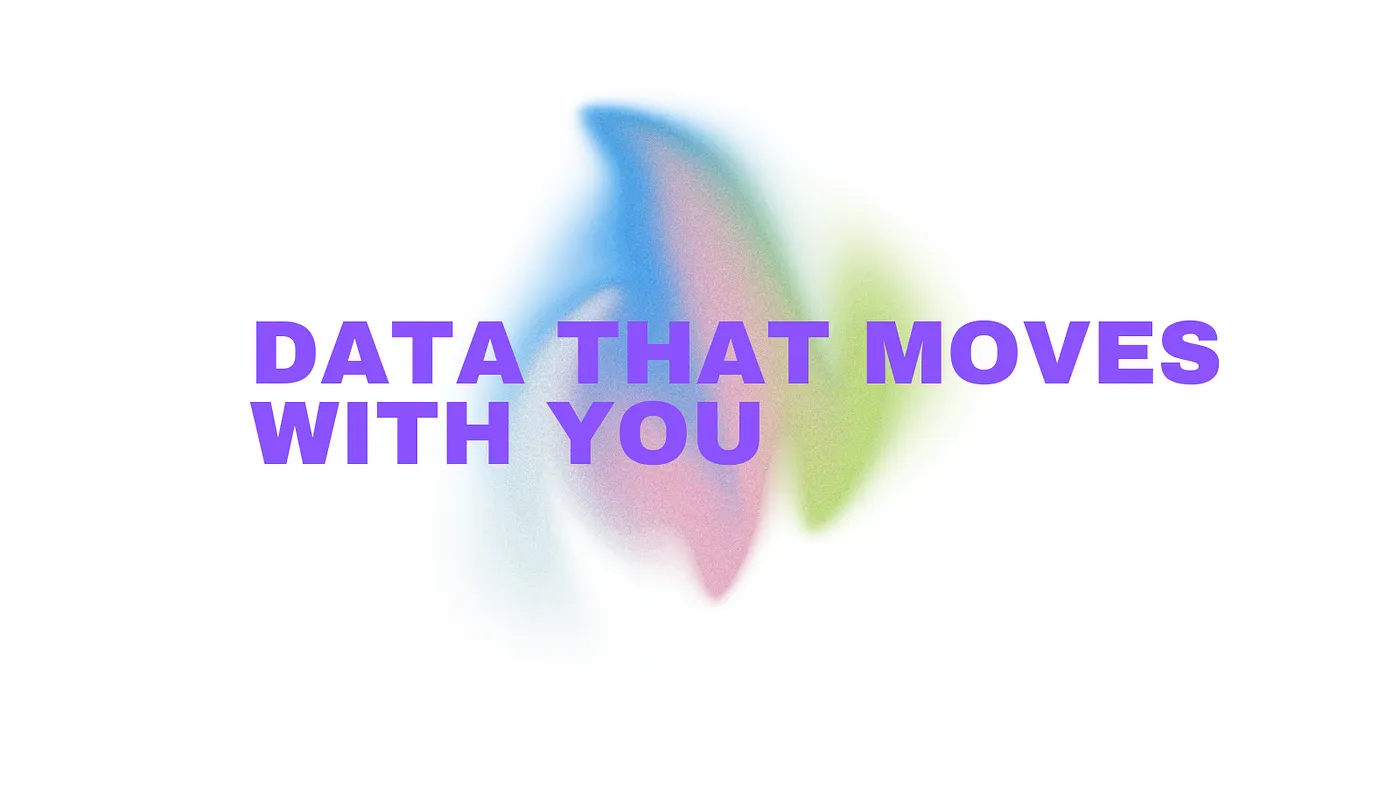
Most applications were never built to share user context, so purchases
stayed locked where they happened, loyalty records couldn’t travel
anywhere, and preferences or reputation meant absolutely nothing once
you moved to a new platform.
Each system treated your data as its own, forcing you to start over
every time you crossed into something new. That fragmentation came
from the infrastructure itself. When data is confined to a single
environment, platforms are not able to coordinate, and value remains
siloed. Even basic actions like recognizing a returning user or
validating a past transaction become disconnected when there’s no
common layer.
Composability addresses this at the structural level, so that data is
portable and verifiable, and it becomes usable across environments.
Credentialed purchases, membership history, and participation records
are no longer locked inside applications, they can actually be
referenced and built upon wherever the underlying infrastructure
supports it.

Uptick enables this through the Uptick Data Service, a shared layer
where applications can access user records, profile traits, and
verifiable credentials without duplicating data. A purchase made in
one app might unlock access in another, a fan membership could carry
its perks into new marketplaces, and users can move between systems
without losing their history. Selective disclosure lets users decide
what to share, and layered structures give developers the flexibility
to build around different types of identity and permission.
As data begins to move, the result is continuity. Context follows the
user, applications connect without rebuilding the same logic, and
ecosystems start to operate as shared environments rather than
isolated platforms.
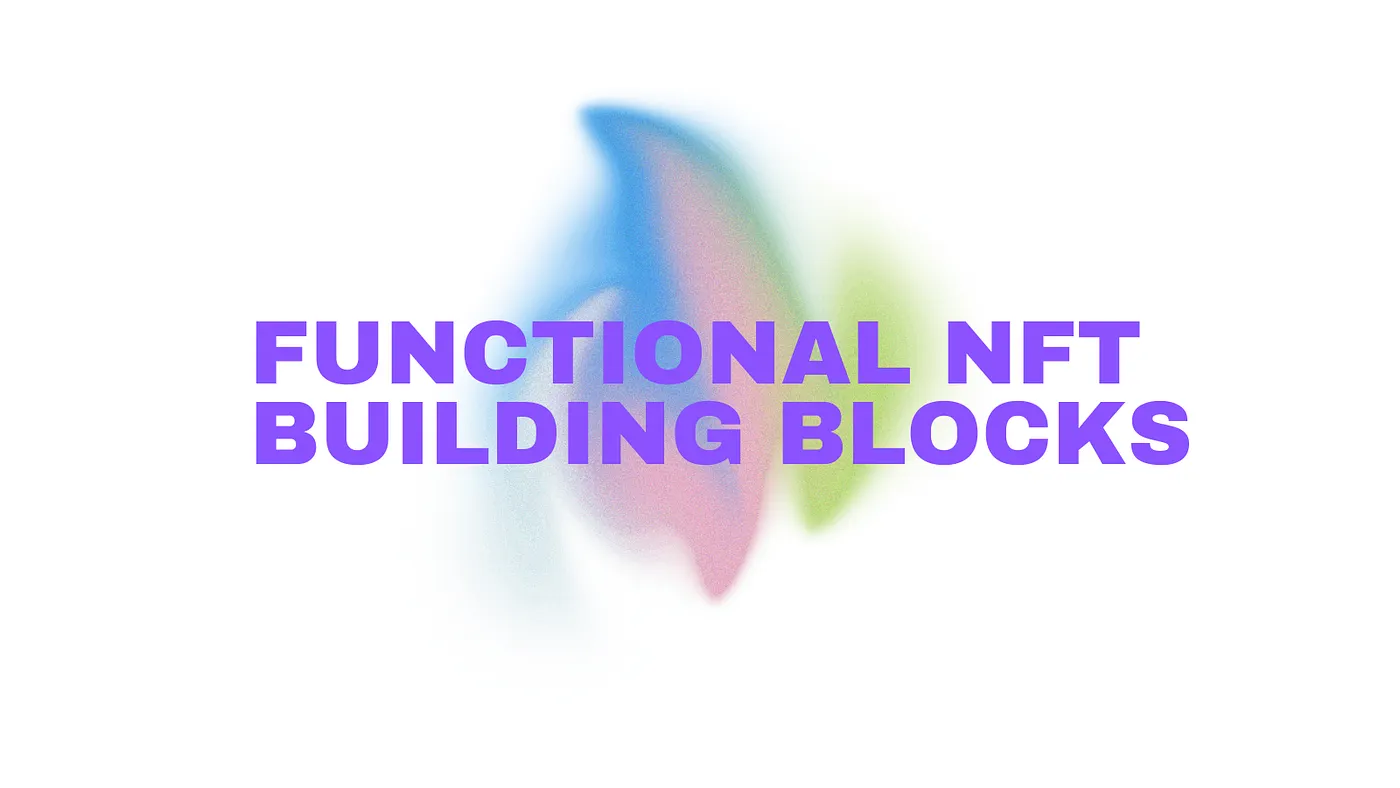
NFTs have moved past their early phase as collectibles and static
tokens. They now function as programmable components, able to carry
logic, update based on user activity, and trigger actions across
systems. They can serve as keys, credentials, dynamic access rights,
or loyalty layers that evolve over time.
This turns NFTs into modular tools that fit into multi-app workflows.
They can unlock features, change attributes, or activate benefits as
the user interacts across supported platforms. An NFT might begin as a
simple ticket but become a badge, a membership pass, or a portable
reward that adapts with use.

On Uptick, programmable NFTs are governed by smart contracts, support
cross-chain metadata, and allow external metadata updates, with oracle
integration on the roadmap. Developers will be able to create NFTs
that react to behavior, carry permissions, or interact with other
systems, rather than simply existing as assets. Uptick’s
infrastructure is built for NFTs to work across applications, with
structures that support conditional logic, metadata layering, and
dynamic transformation.
These NFTs can eventually become identity markers, evolving
credentials, or interoperable passes that retain meaning across
environments, operating as living components within composable
systems, and designed to travel, adapt, and function across the
broader Web3 stack.

Assets used to lose their meaning the moment they left their original
chain, with metadata stripped, permissions broken, and functionality
disconnected. Movement was possible, but continuity wasn’t, and that
made most cross-chain efforts feel rather incomplete.
Composability changes that by making assets portable in every sense,
rather than just across networks, but across functions, applications,
and use cases. An NFT should carry its logic, identity, and access
rights wherever it goes, without needing to be reissued or rebuilt
each time it crosses a chain boundary.

Uptick supports this with the Uptick Cross-chain Bridge and IBC
integration, enabling NFTs and other assets to move between EVM and
IBC-based ecosystems, all while retaining their metadata and context
across supported platforms. Assets remain verifiable, recognizable,
and functional, depending on the asset type and bridging method, and
they stay usable across the apps, games, and marketplaces they enter.
This means value doesn’t get lost in translation.
Loyalty tokens will be able to carry their perks into new platforms,
access rights could follow fans between communities, and creators can
distribute assets that continue to work across ecosystems. Uptick’s
infrastructure is built for this kind of continuity, helping move Web3
away from siloed networks and toward a connected system where assets
travel without losing purpose.
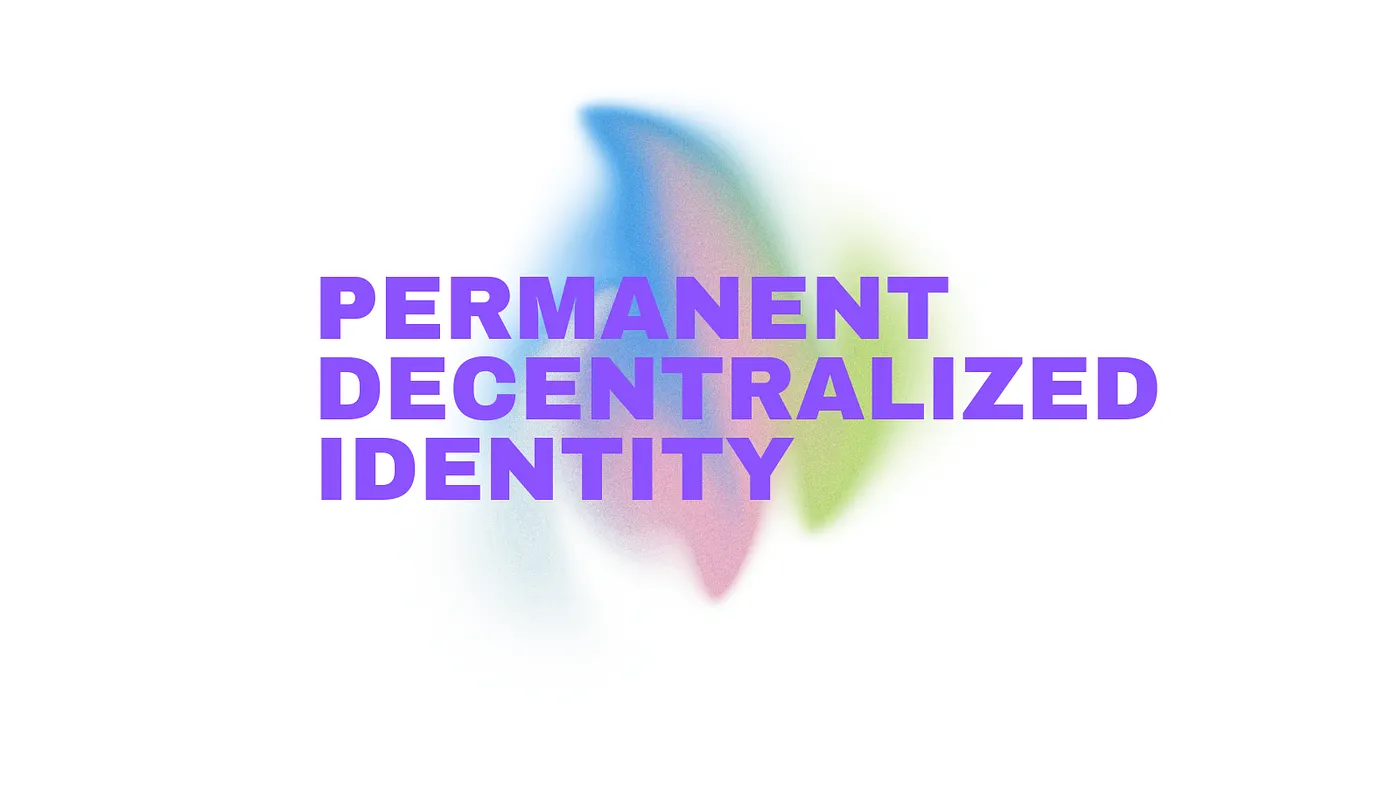
Identity used to break every time you moved platforms, so your
profiles did not connect, your reputation didn’t follow you, and your
ownership records basically stopped being useful once you left the
original app. You could be the same person across five different
services, but nothing carried over, your history stayed stuck, and
there was no way to prove who you were or what you had done.
Decentralized Identity removes platform-controlled usernames and
introduces DIDs that are tied to your private keys and travels with
you, so your purchases, contributions, and participation records can
move between apps, games, and marketplaces without needing to be
rebuilt each time. This becomes a persistent identity layer that
remains valid across environments.
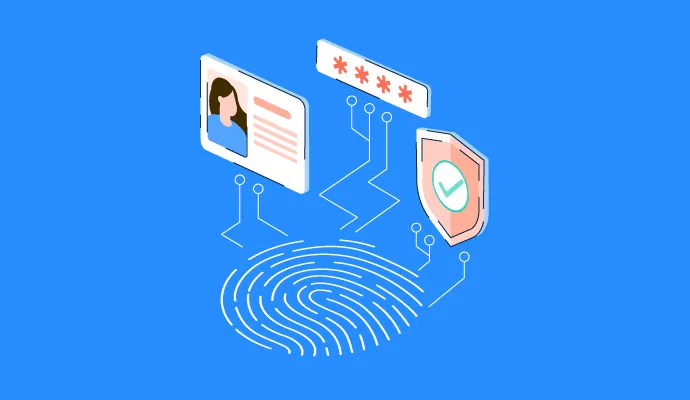
Uptick’s DID system is designed to support this directly, giving users
a consistent identity across integrated fan spaces, governance tools,
and composable applications. It links to assets, reputation data, and
on-chain history, allowing users to prove context and access earned
perks without re-registering or verifying from scratch. Selective
disclosure is expanding, and DID-based structures are becoming more
layered, giving users control over what they share depending on the
context.
This kind of identity becomes the foundation for composability,
allowing creators, fans, and businesses to operate across systems
without losing continuity, anchoring access rights, credential
records, and reputational data to an identity that works across the
Web3 stack, holding everything together without forcing users to start
from zero.
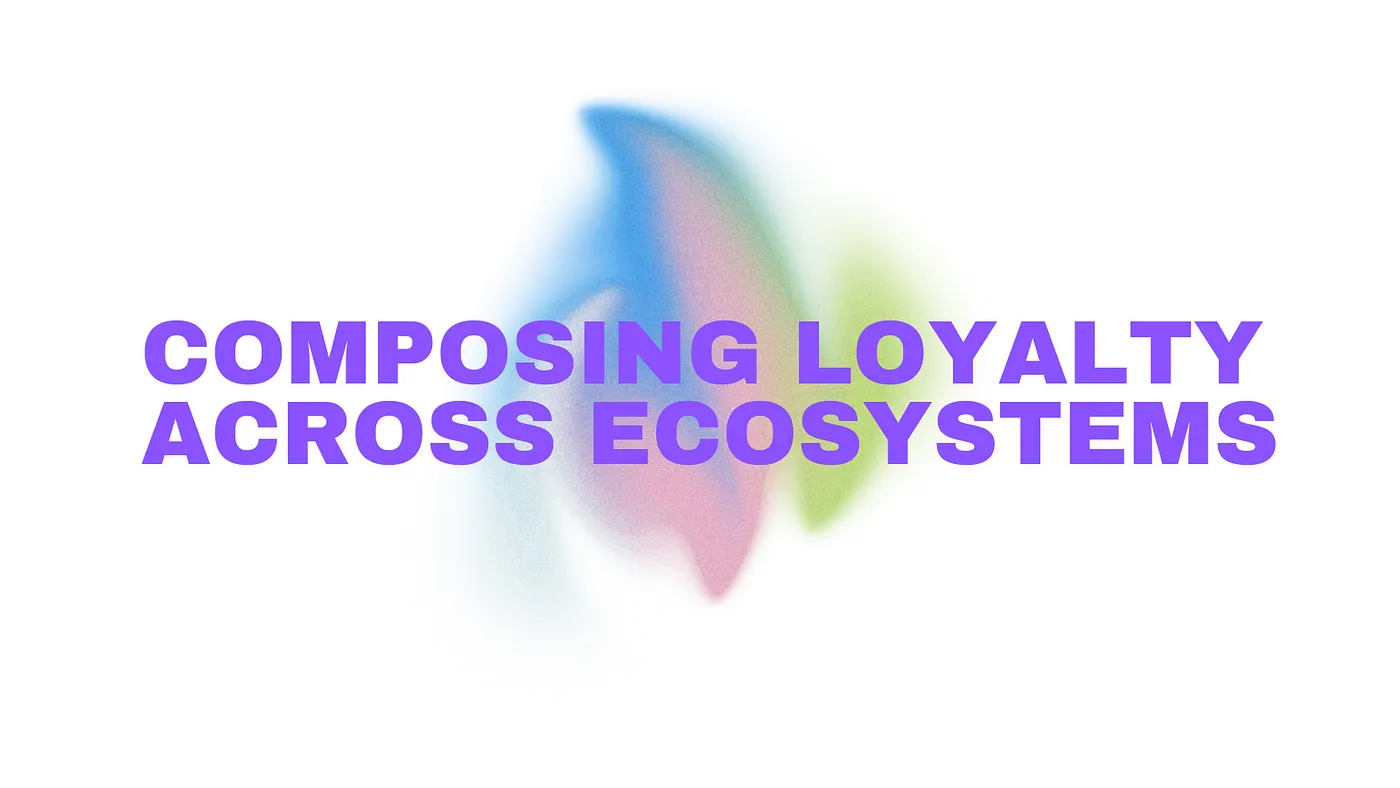
Loyalty programs usually live inside closed systems, and rewards only
apply to the platform where they were earned. Once users actually step
outside of that environment, their loyalty history becomes absolutely
meaningless, which isolates value and breaks the continuity of
engagement.
With composability, loyalty starts to move.
Points, perks, and access rights can be recognized across apps,
marketplaces, and communities that share credential and data
standards. Programs no longer need to exist in isolation, and they can
be built in a modular way where benefits accumulate across unrelated
platforms, growing alongside user activity.
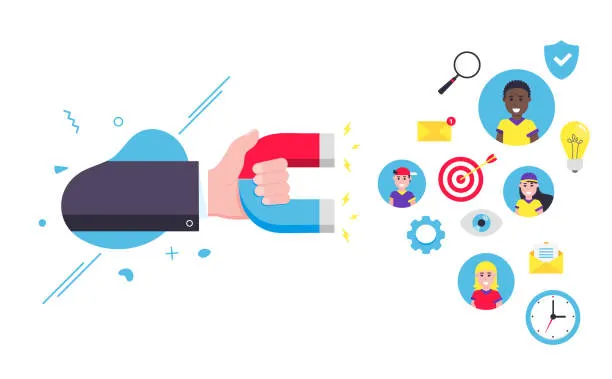
Uptick supports this model with programmable NFTs and a decentralized
CRM that is designed to track participation, preferences, and
entitlements across applications. Loyalty can now be structured as
credentials that unlock access across different spaces. Fans could
earn status in one environment and have it recognized in another,
building a much more coherent, cumulative experience.
This approach gives users much more control over how loyalty is earned
and used, so rewards become part of a longer-term relationship, rather
than just one-time incentives. Over time, fans can build records that
reflect their engagement across creators, events, and digital
ecosystems, without having to start over each time they move.

Governance used to sit inside isolated DAOs, tied to single tokens and
communities that didn’t interact. Influence stayed locked in place,
and participation rarely extended beyond the original platform,
leaving governance disconnected.
Composable systems allow governance rights to move, and voting power
can now be attached to NFTs, credentials, or user activity that spans
across creator spaces, fan groups, and supported applications. Users
are no longer tied to a single platform to participate, and they can
carry decision-making power with them and build influence as they
engage across ecosystems.

On Uptick, governance modules operate at the infrastructure level,
supporting role-based voting and portable participation across
DAO-enabled environments. That means users can influence project
direction, event formats, or creator initiatives based on their
verifiable identity, their role in the ecosystem, and the credentials
they hold. Governance becomes cumulative, portable, and reflective of
actual engagement.
This gives fans a real way to shape the communities they care about,
and decision-making power no longer depends on where you started, but
on how you participate, building a distributed governance layer that
extends across the ecosystem without needing to rebuild from scratch
in every new space.
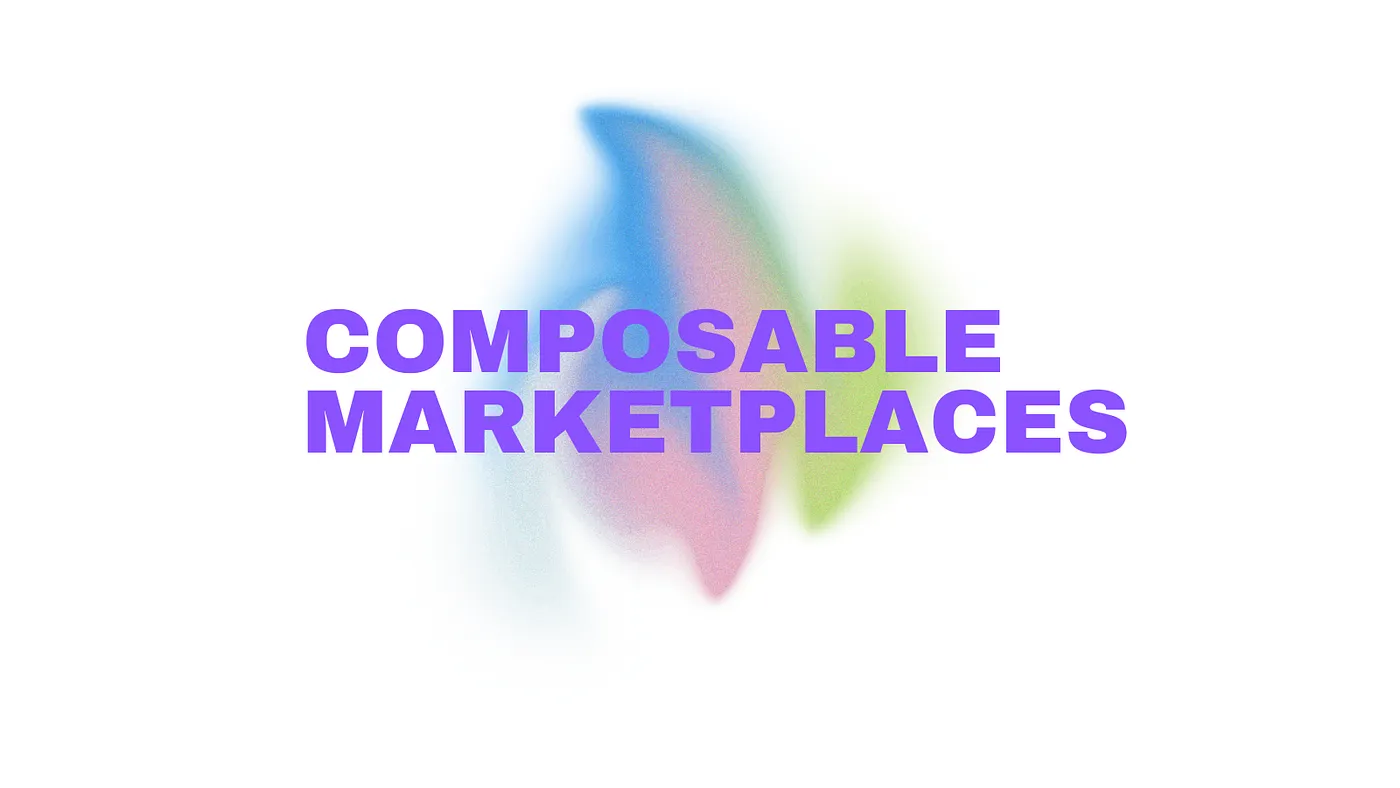
Marketplaces used to be closed systems, where listings, payments, and
ownership records stayed locked inside a single platform. If you
bought something on one marketplace, it very rarely showed up
elsewhere, and even if the asset moved, it often lost context or
functionality in the new environment.
That design made sense in a siloed web, but composable infrastructure
is changing what marketplaces can be. Listings can now sync across
integrated platforms, payment options can expand to include multiple
currencies and wallets, and asset ownership can be recognized across
chains where standards align. Instead of being endpoints, marketplaces
become interfaces that plug into broader ecosystems, supporting fan
perks, loyalty layers, and even governance flows inside a single user
experience.
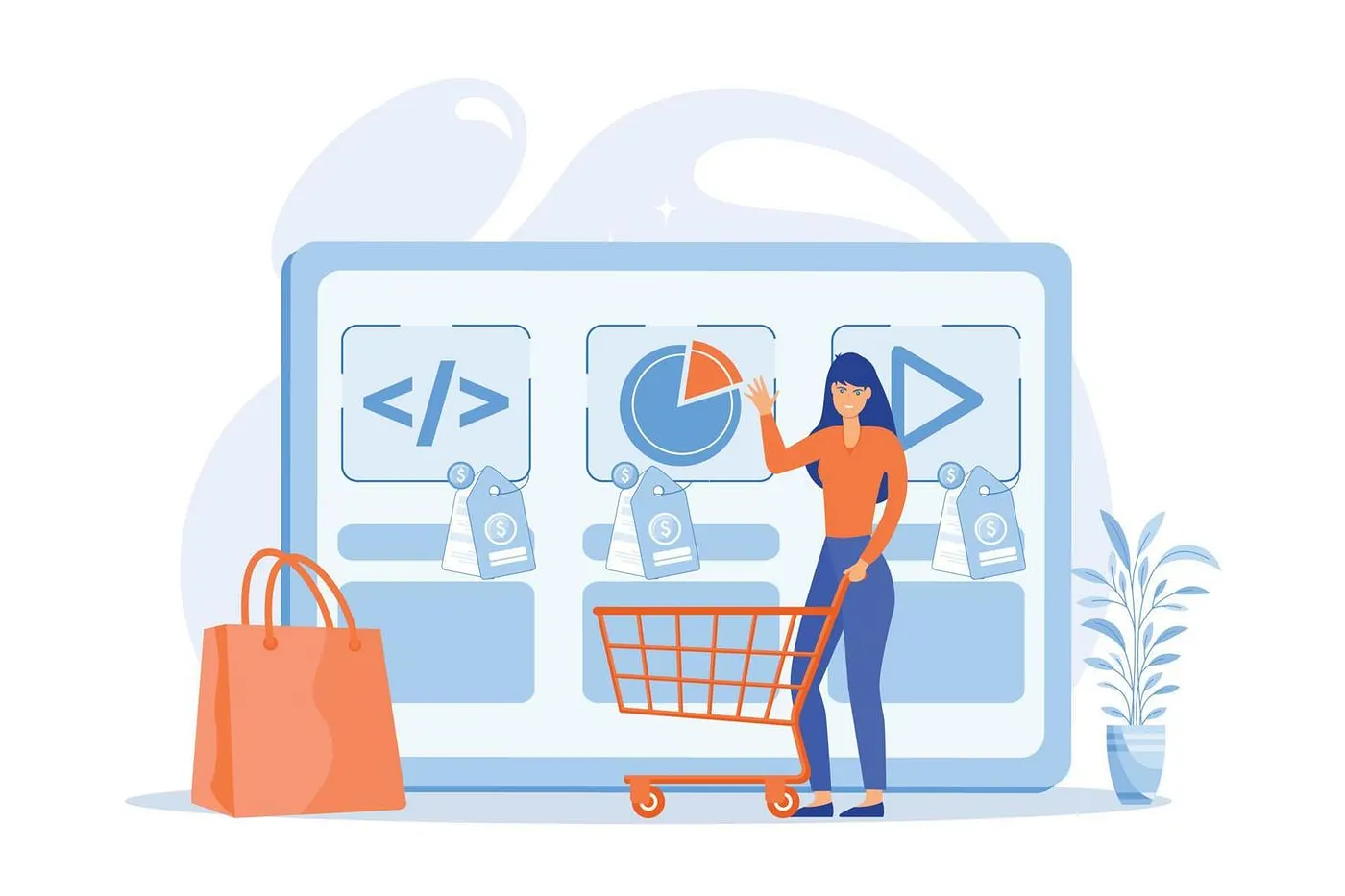
Uptick supports this shift with flexible listing structures,
wallet-based interaction across supported apps, and infrastructure
that allows NFTs and tokens to retain utility as they move between
chains. The marketplace isn’t built to lock users in, it’s designed to
fit into the composable web, where buying, selling, and using assets
is part of a larger, connected experience.
This turns marketplaces into so much more than storefronts, they
actually become portable environments where assets can carry loyalty,
unlock access, and hold relevance wherever the user goes, aligning
commerce with the flow of ecosystems rather than breaking it into
pieces.
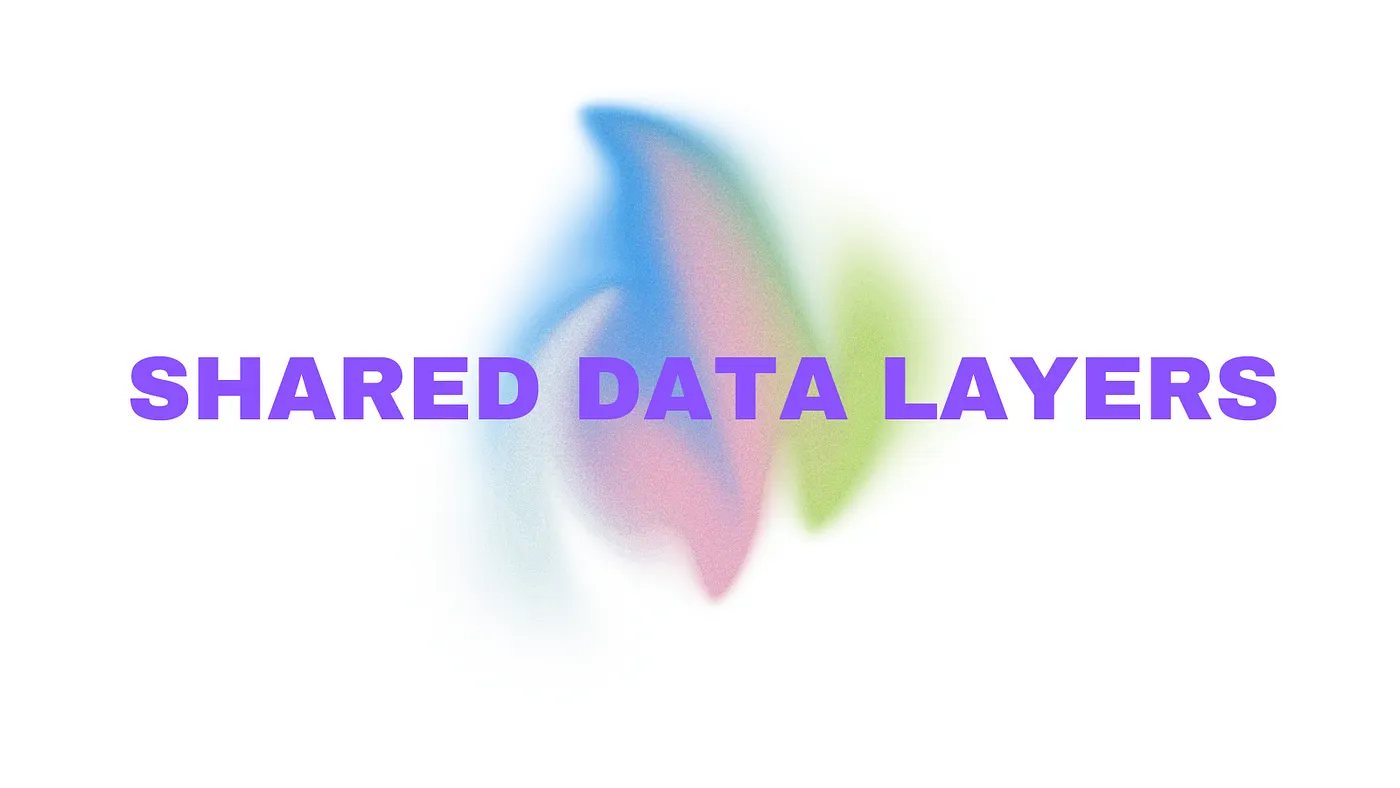
Data silos stop applications from working together, locking user
preferences, histories, and credentials inside isolated systems, and
breaking the continuity of experience every time someone moves to a
new platform.
Shared, verifiable data layers shift this dynamic, so instead of each
app rebuilding the same records from scratch, they can reference and
interact with existing user information in a consistent, portable way.
Data then becomes part of a broader, connected foundation that other
systems can use directly, minimizing friction and supporting real
composability.

Uptick supports this through the Uptick Data Service (UDS) and
decentralized storage, giving developers access to portable records,
shared profiles, and user-linked credentials across integrated
environments. Rather than duplicating data or starting from zero,
applications can tap into a common structure that reflects what users
have already done and earned.
When platforms connect at the data level, users can move between
marketplaces, fan spaces, and governance portals with their history
and entitlements already in place. This transforms fragmented
experiences into continuous ones, allowing Web3 systems to operate
more like a single environment than a collection of disconnected apps.
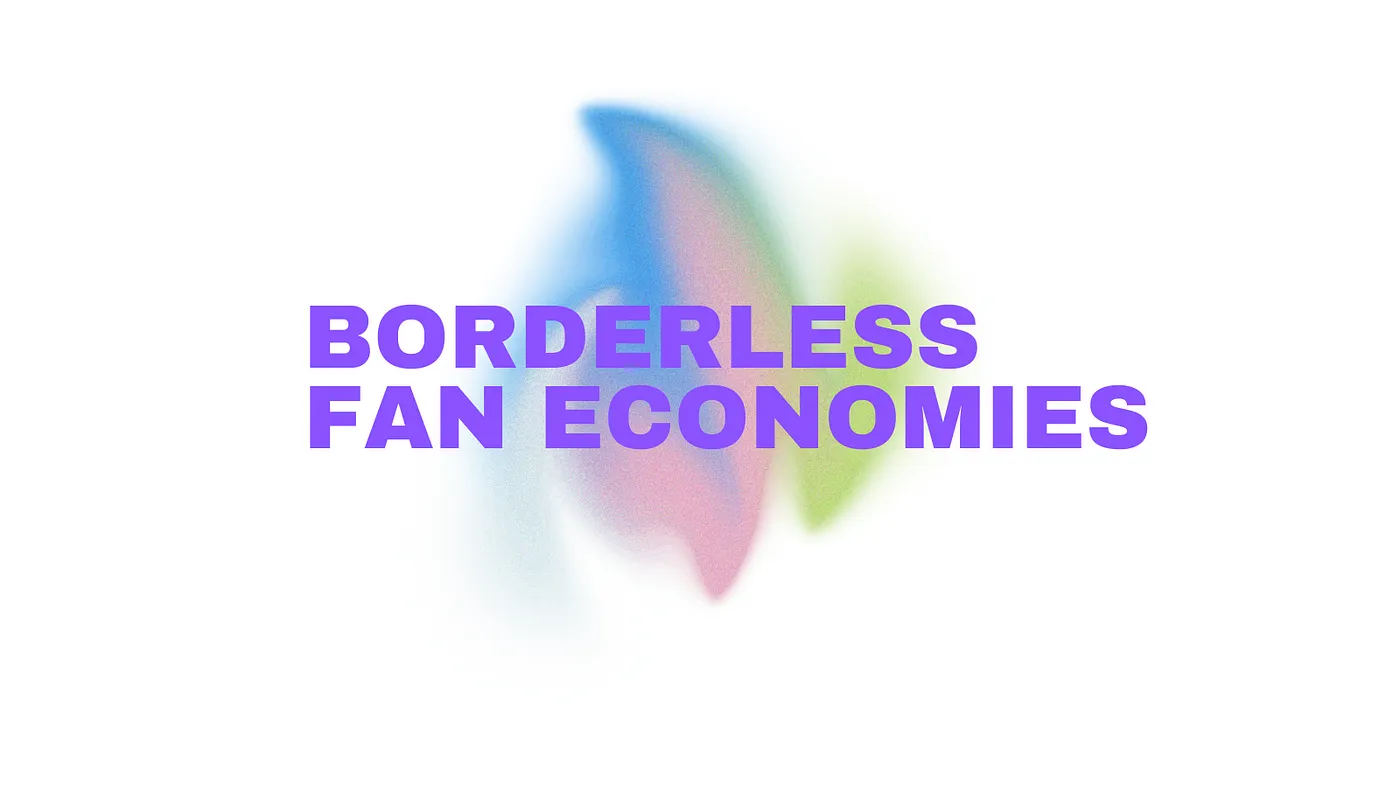
Fan engagement often ends up locked inside individual platforms, with
ticketing apps, memberships, and event perks unable to communicate or
recognize one another. Fans might earn access or perks in one place,
but those rewards usually disappear once they step into a new app or
community.
Composability allow fan assets to move, keeping their meaning and
function intact. So for instance, a ticket bought in one platform
could unlock access in another, membership perks could carry over into
games, live events, or creator spaces, and fans are able to maintain
their rights and privileges across multiple environments without
fragmentation.
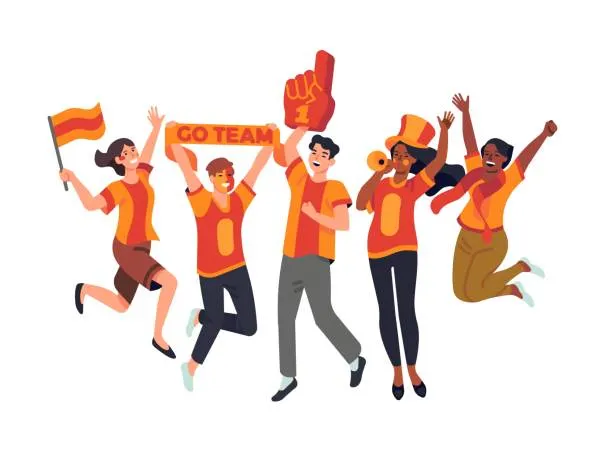
Uptick’s infrastructure supports this movement with NFTs that function
as tickets, credentials, and portable access keys across supported
marketplaces, fan spaces, and community hubs. A single membership
might unlock benefits across different projects, tickets could be
verified in new applications that recognize shared access logic, and
fans can build portable profiles that grow over time.
These profiles retain their value across apps, letting fans stay
connected no matter where they go.
Instead of static fan roles that reset with each new platform,
composable fan economies let status, rewards, and participation
travel. Fans get a unified experience that reflects their engagement,
and creators gain a better way to build long-term communities that
stretch across apps, events, and ecosystems.
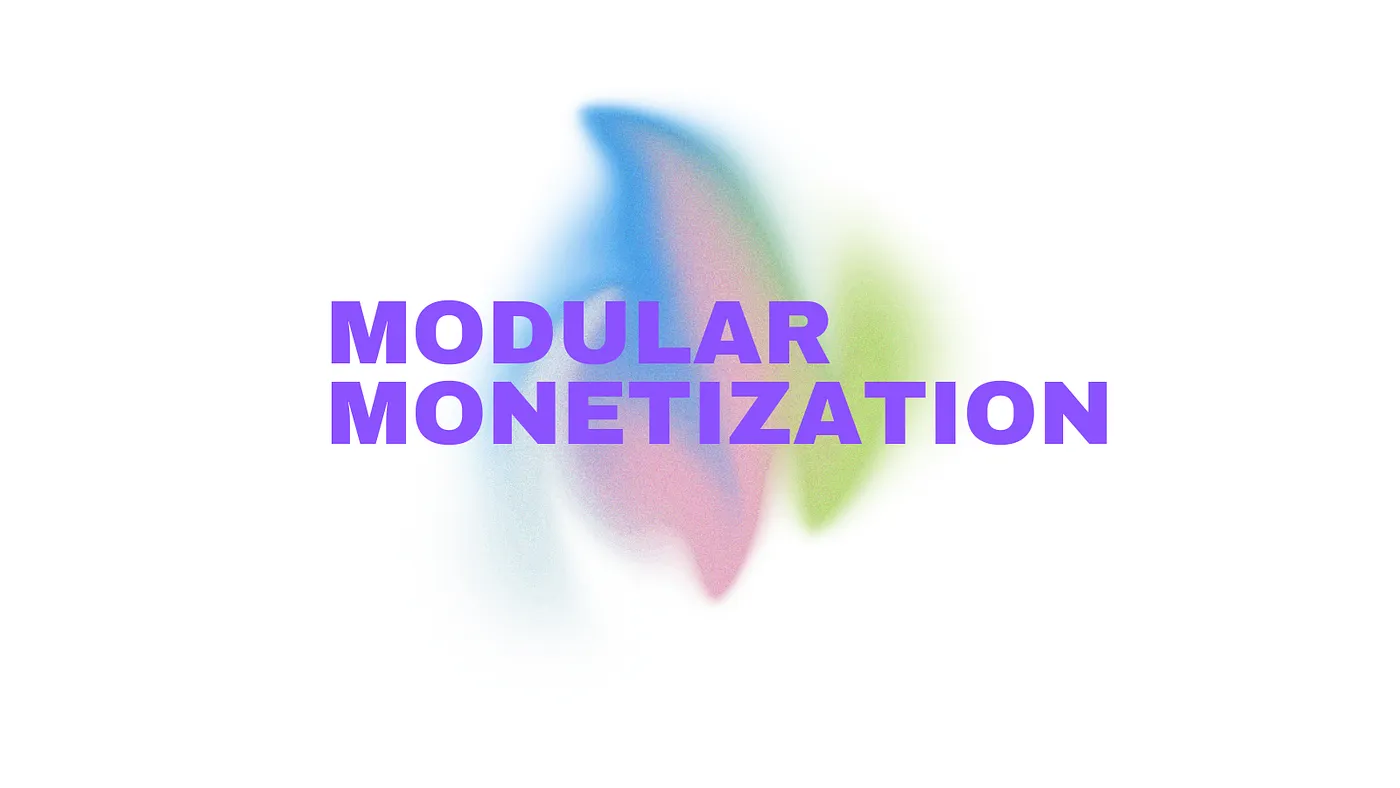
Old monetization systems kept creators locked into platforms, with
content, perks, and payments tied to specific apps. Once you left,
everything reset, and building sustainable revenue across communities
became nearly impossible.
Composable infrastructure gives creators the ability to design revenue
streams that travel. Content, memberships, and perks can now move
across marketplaces, social apps, games, and fan spaces without losing
ownership or control, so monetization becomes flexible, portable, and
responsive to how fans interact across different environments.
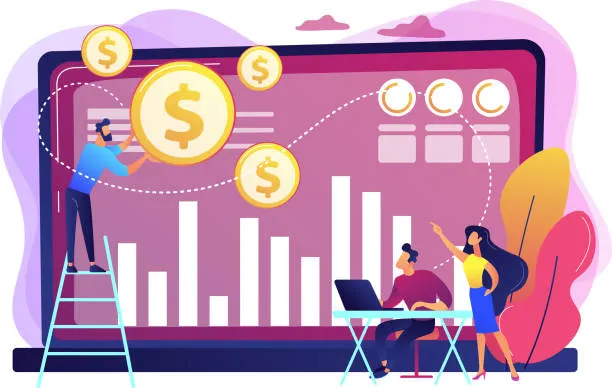
Uptick supports this with cross-chain NFT tools, multi-wallet
compatibility, and decentralized storage, letting creators tokenize
assets, set custom terms, and distribute content across platforms that
speak the same infrastructure. A single NFT can unlock benefits in
multiple spaces, content sales can reach fans across chains, and
monetization no longer depends on any one platform’s ecosystem.
This kind of modular setup lets creators build around their audience,
rather than around a platform. They can engage fans wherever they are,
maintain control over pricing and access, and adapt revenue strategies
to match how their community grows. Instead of being limited to one
marketplace or app, creators can stitch together monetization layers
that live across the Web3 stack.
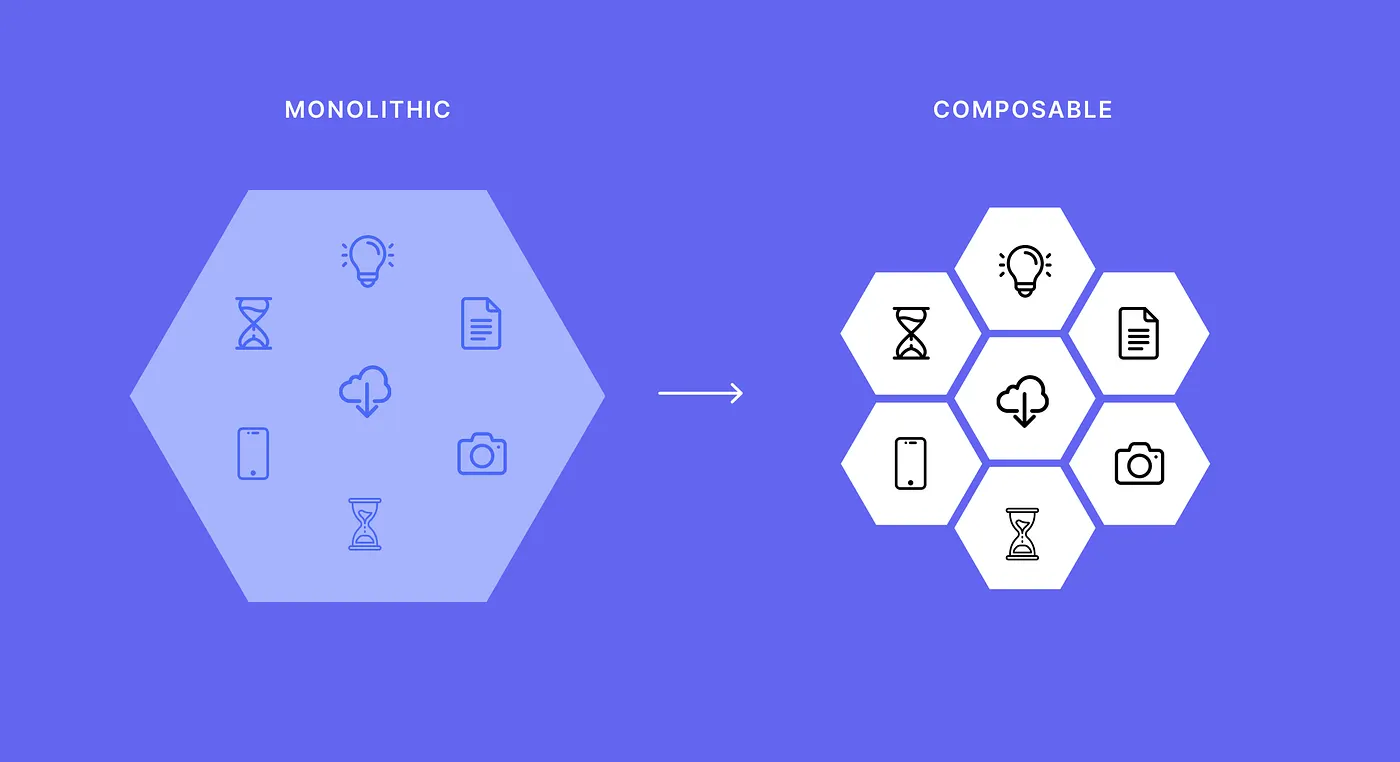
Old platforms kept your assets, identity, and reputation locked in
place, and switching apps meant starting over, with every ecosystem
treating your history like it didn’t really matter. Composability
rewires the internet around continuity, letting your assets move, your
credentials persist, and your data stay meaningful across
environments.
Uptick is building for that kind of internet.
One where tools connect instead of compete, and where creators,
developers, and fans don’t have to stay inside one ecosystem to keep
their value. With composable NFTs, portable identities, dynamic data
layers, and infrastructure that supports shared logic across apps,
Uptick gives users the ability to carry their context wherever they
go.
A connected internet means ecosystems can grow together, and new apps
can build on what came before, without making users reset, creating a
foundation where things finally work across platforms, not in spite of
them.























